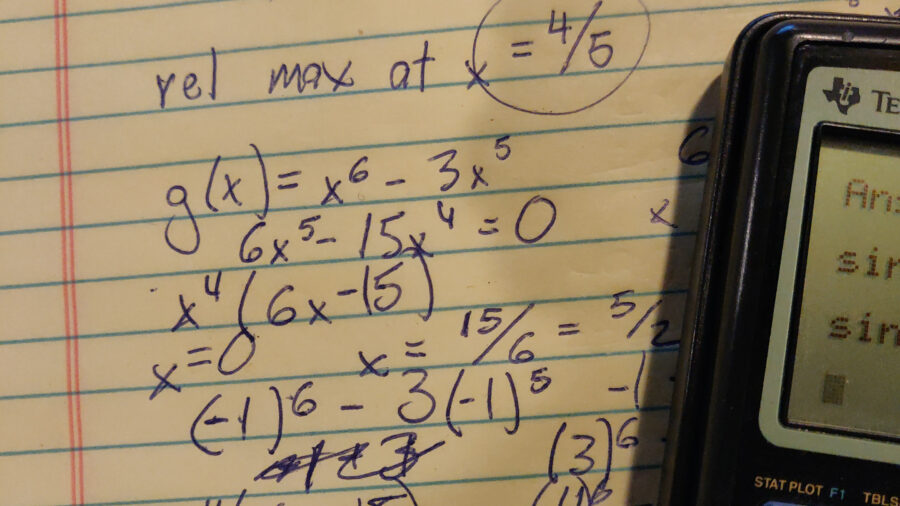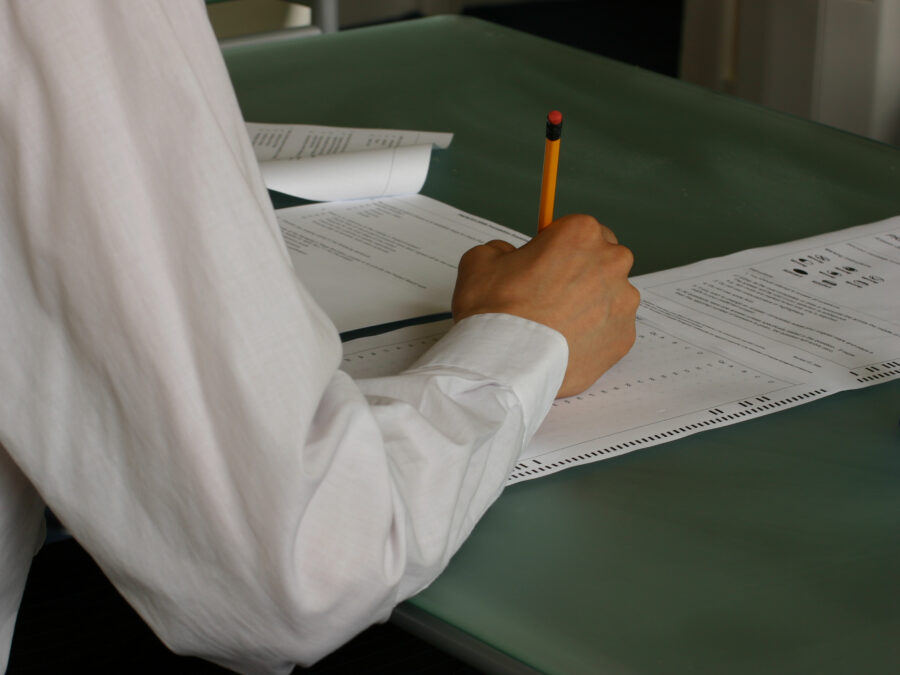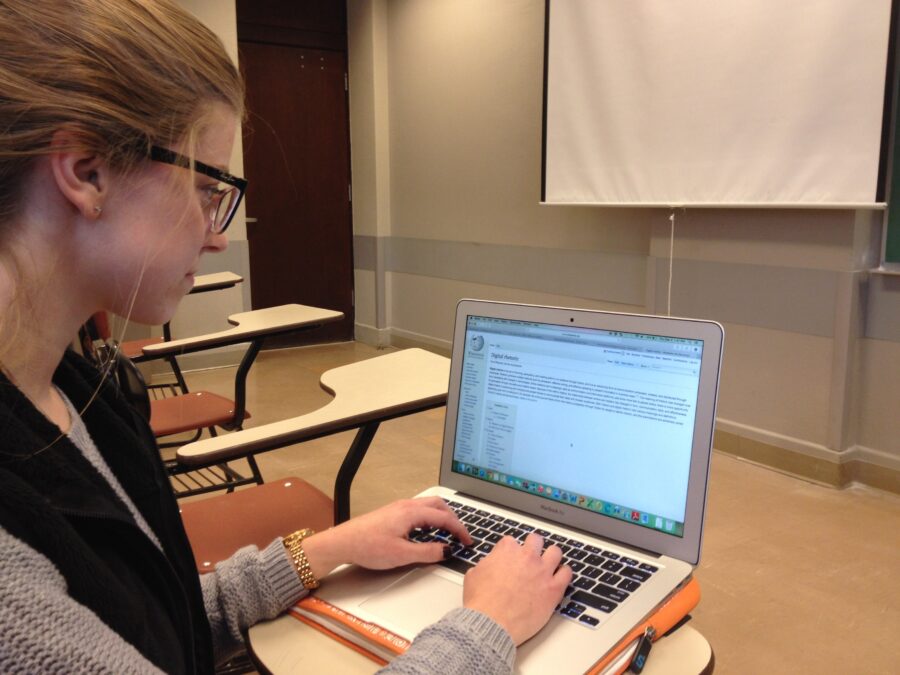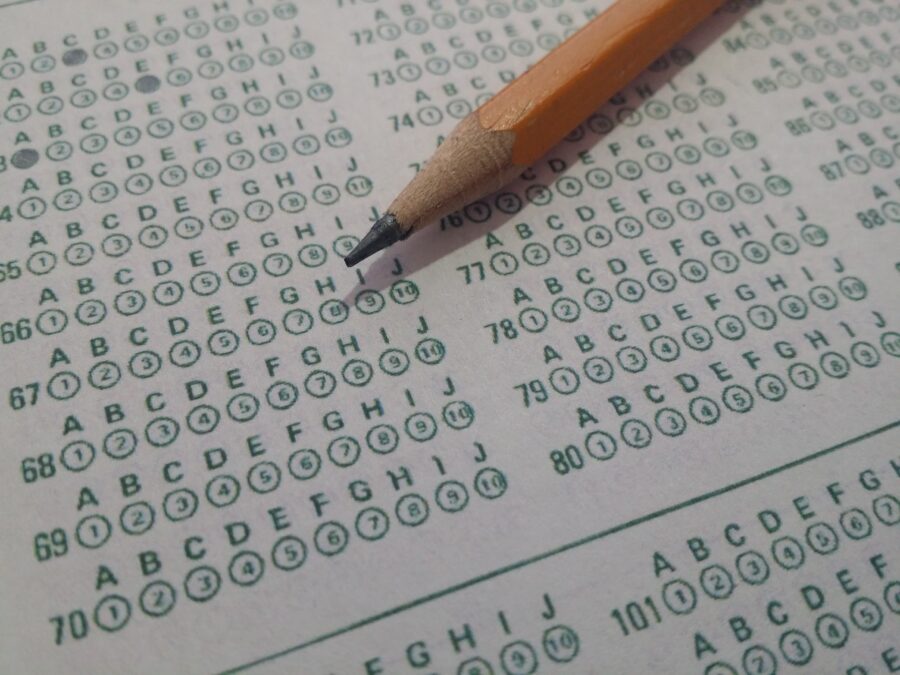Online Learning Fails At Teaching Math, Students Are Falling Behind
Online learning is facing some real issues in 2020.
This article is more than 2 years old

Studies have found remote learning students are falling behind in math by 5 to 10 percentile points during the COVID-19’s extended lockdowns. This is a significant problem. Even though students aren’t as far behind as previously projected, online learning is an obstacle students will end up spending years recovering from.
Educators often refer to the “summer slide.” If you test a student at the end of the school year and then give them that same test after the summer break, there will be a slip in test scores. Students lose some of what they learned when they are away from a subject for a significant period of time.
When it comes to online learning during the pandemic, educators are dealing with the “COVID-slide.”

Standardized testing during the pandemic has focused on reading and math. While students are staying on target in reading, math scores are slipping.
The Northwest Evaluation Association, known as the NWEA, has been using its MAP (Measures of Academic Progress) test to evaluate how online learning is affecting student results. The study looks at data from 4.4 million students in the United States across grades three through eight. They found that students in grades three, four, and five were the hardest hit.
While it is already clear that minority students and low-income families are scoring lower, the achievement gap hasn’t widened.

Due to COVID, more attention is being placed on how students are doing. Many are calling for this to bring more attention to the ongoing problems with the education system that pre-date COVID and online learning. The achievement gap is one such example. While academic dishonesty has always been an issue in education, online learning also makes cheating easier.
Educators are working to pivot to the new realities of online learning. To overcome this and other issues, there are stories of schools rising up with online ingenuity. Parents struggling through remote learning and playing math games with their kids. Teachers are working to combat the struggles of online education by narrowing their focus to teach the essentials. They are also trying to strengthen the real-world connections students have with math.
While these efforts may be helping, they aren’t stopping the COVID-slide.

One of the biggest concerns is how current testing may underrepresent how bad these slips actually are due to an increase in absenteeism. Of the 1 in 4 students who didn’t participate in 2020 testing, but did participate in 2019, a significant portion belongs to minority groups or are economically disadvantaged. Even in school districts that have the budget to ensure every student has a device, connectivity at home remains an obstacle to online learning.
The increase in absenteeism was expected. The NWEA published a report in Sage Journals wherein they assumed a 50% increase in the absenteeism rate. They also assumed numbers would be higher at schools with higher poverty rates. It was expected that gains in reading would be approximately 63% to 68% of average, but are actually on target with previous years. Studies expected the gains in math to be 37% to 50% of the average school year. While students are behind in math, so far, it isn’t as bad as expected for the students able to be tested.
The assistant superintendent of student services in San Joaquin, California, Andre Pecina, said in an interview that he felt the schools were trying their best. That they had focused on math and literacy. His school district had managed to give every student a device. Despite their efforts, he summed up the situation saying, “Our students are engaged, but it’s not optimal. The learning environment is not optimal.”












